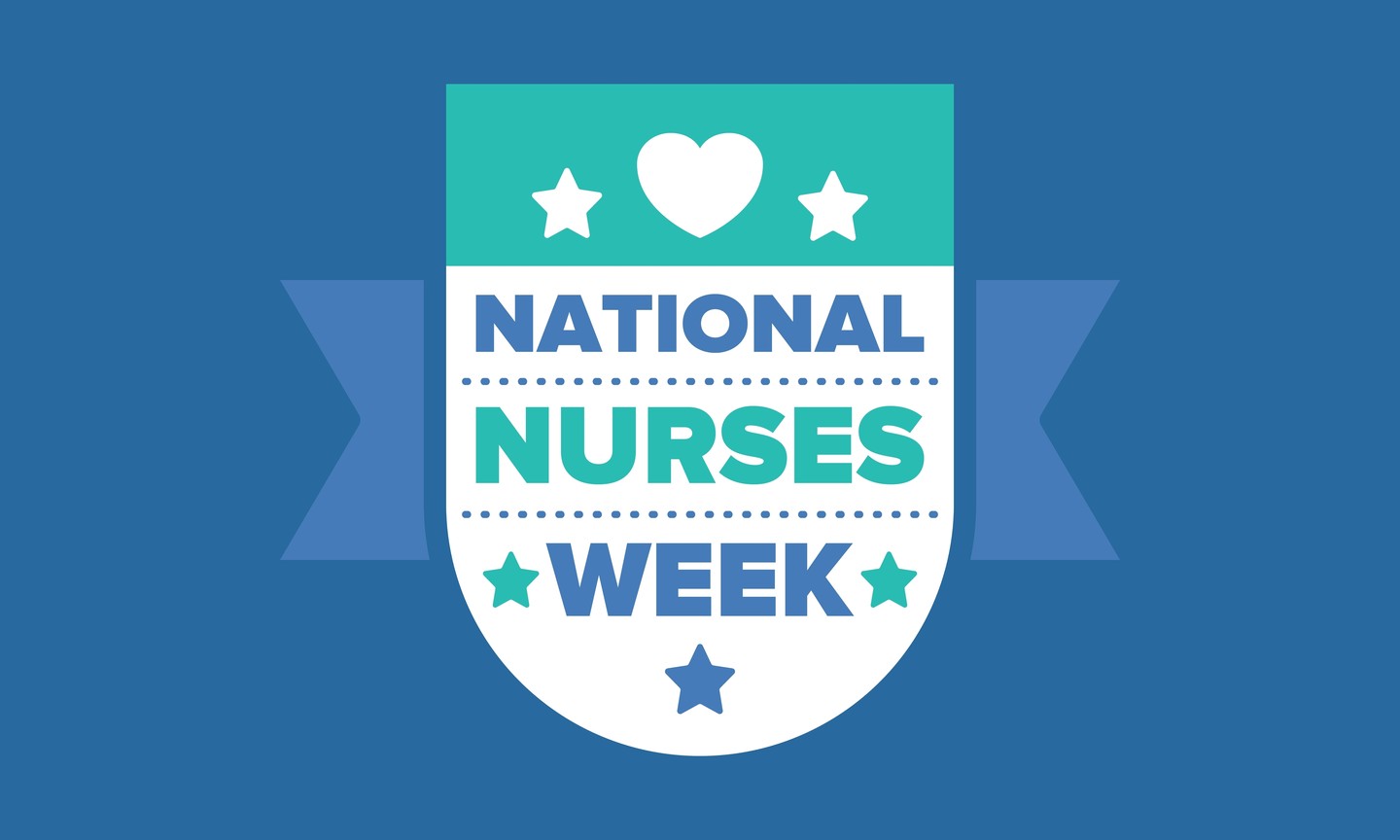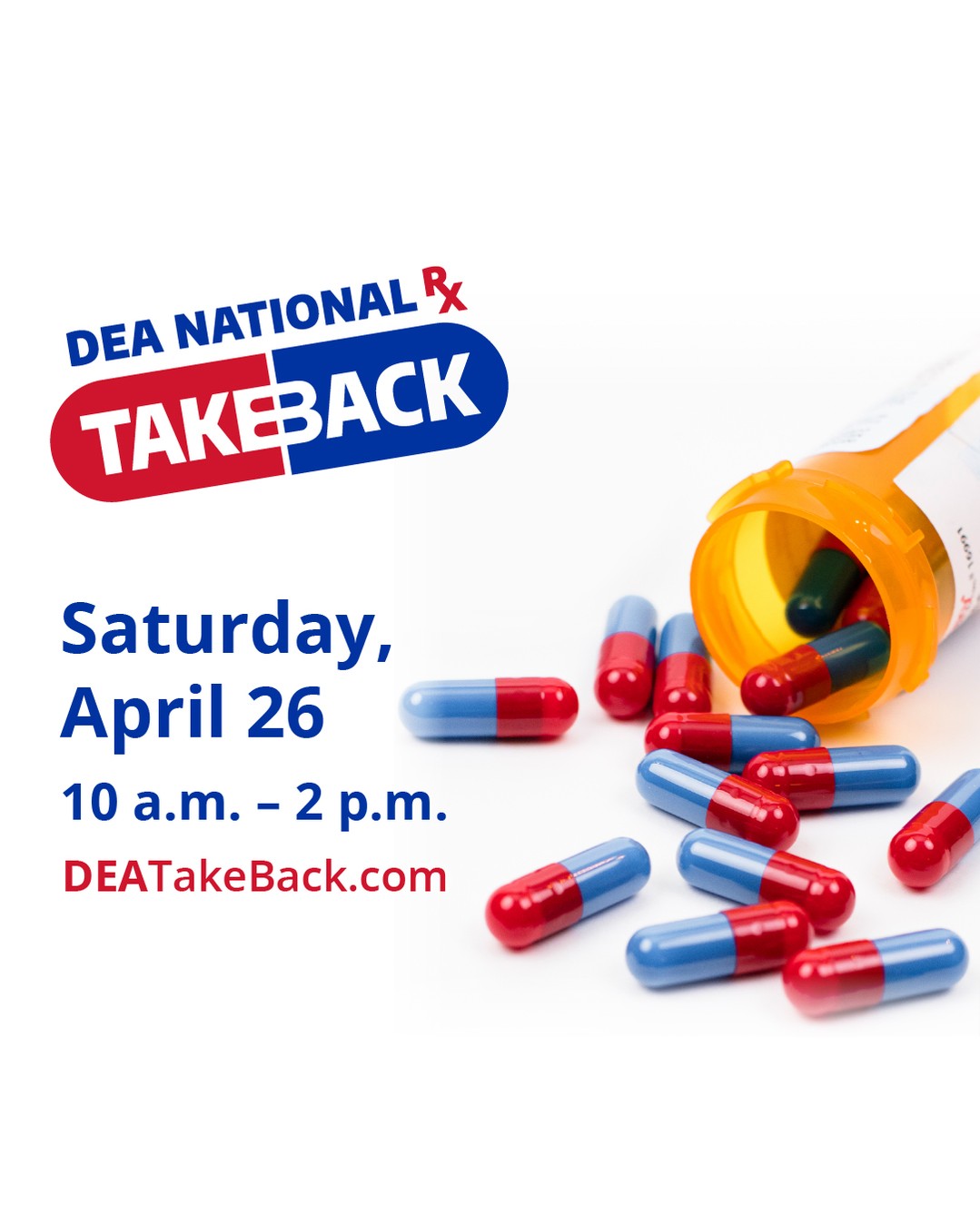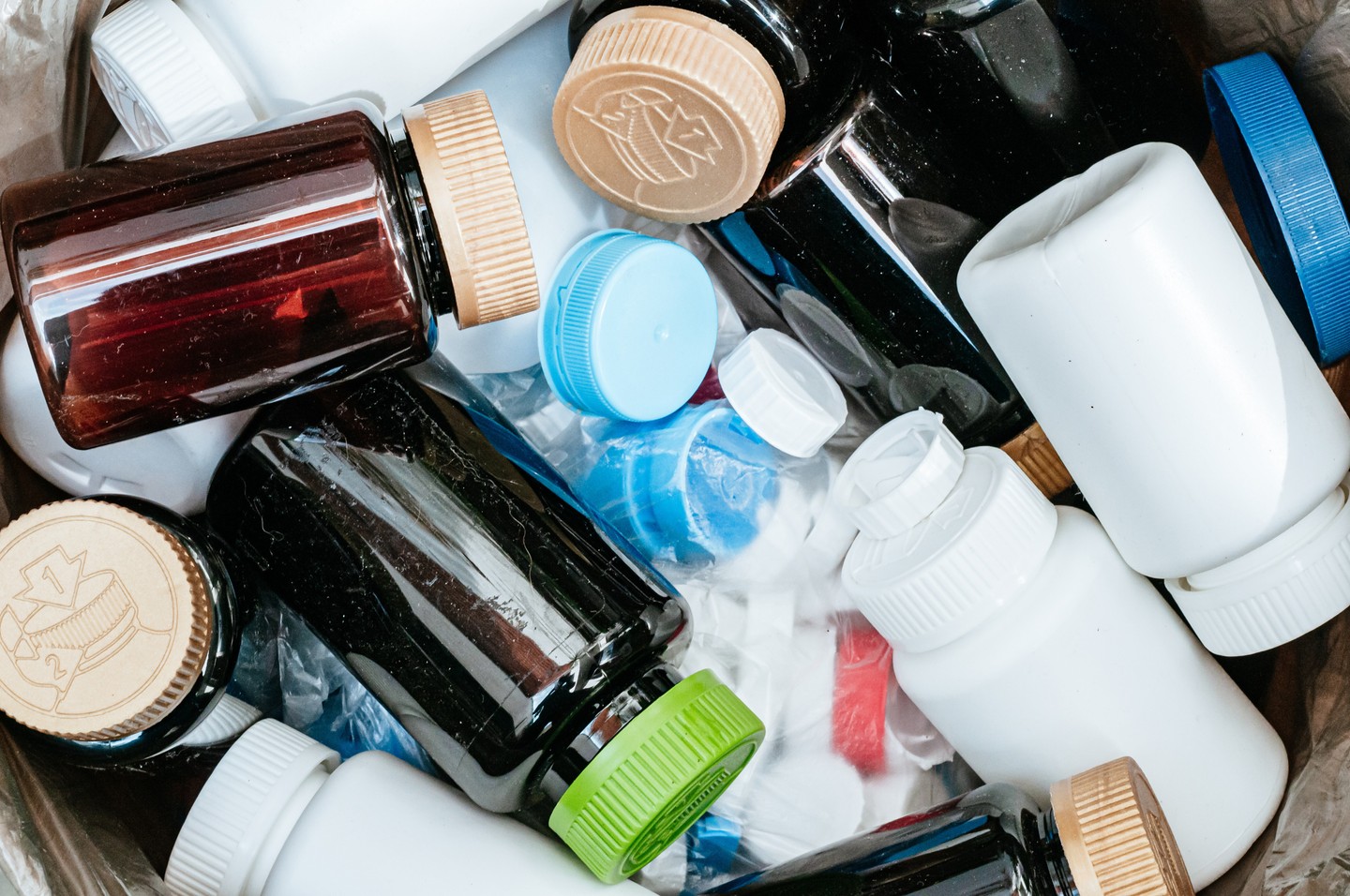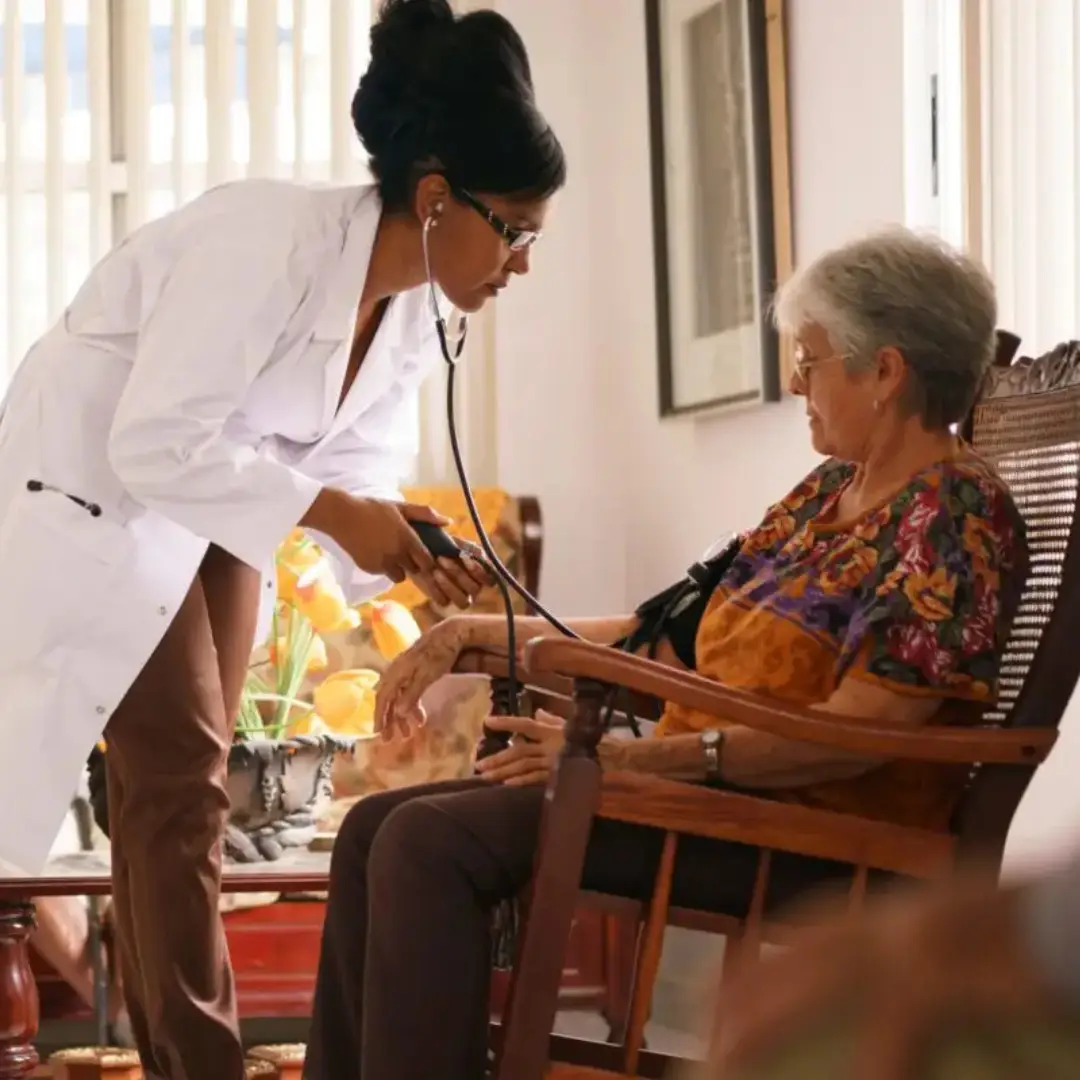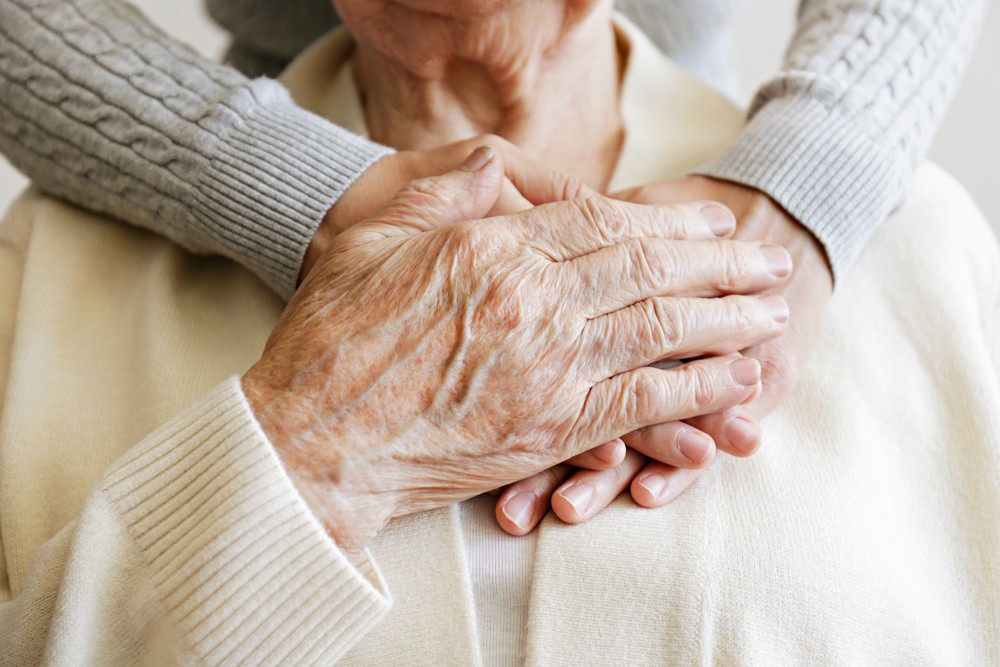A number of social media posts attribute a fabricated quote about the dangers of wearing face-coverings to the Occupational Safety and Health Administration (OSHA). OSHA does recommend the use of face-coverings per the U.S. Centers for Disease Control and Prevention (CDC) guidance.
The extract of the post referring to OSHA reads “(SIC) OSHA… Wearing Masks Longer Than 20 Min Without Changing Them Out Dangerously Increases Infection Rates, Increases Co2 Levels & Significantly Decreases Oxygen Levels Causing Multiple Life Threatening Illnesses & Existing Illness Flair Ups. Cloth masks increase infection risk”
Reuters did not find any warning from OSHA regarding risks associated with wearing face coverings for a certain period of time, or on their impact on oxygen and CO2 levels.
A spokesperson for the Department of Labor told Reuters that OSHA “has made no determination regarding face-mask impact on oxygen levels.”
OSHA “generally recommends that employers encourage workers to wear face coverings at work” in accordance with the CDC guidelines.
Guidance on OSHA’s website adds: “Face coverings are intended to prevent wearers who have Coronavirus Disease 2019 (COVID-19) without knowing it (i.e., those who are asymptomatic or pre-symptomatic) from spreading potentially infectious respiratory droplets to others.”
OSHA advises that face-coverings “may be used by almost any worker” but not by those who have trouble breathing or are unable to put on or remove a mask without assistance.
Effects on Oxygen and CO2 Levels
Reuters previously debunked the harmful effects of increased CO2 levels as a result of wearing a face mask here. A CDC spokesperson told Reuters that “The CO2 will slowly build up in the mask over time. However, the level of CO2 likely to build up in the mask is mostly tolerable to people exposed to it.”
Health magazine reported here that because cloth face coverings don’t fit tightly to your face, a lack of oxygen is highly unlikely. Bill Carroll, an adjunct professor of chemistry at Indiana University, Bloomington told Health, “When you exhale or inhale, air can go around the mask as well through the pores in the material.”
OTHER CLAIMS IN POSTS ON MASKS AND COVID-19
The post also misleadingly alleges that mask manufacturers warn that masks don’t prevent COVID-19. Most cloth face-coverings are not intended to completely protect the wearer but rather reduce transmission of the virus from the wearer to other people. This makes them effective in stemming the spread of COVID-19 in communities.
This claim has been debunked by other fact-checkers.
The Centers for Disease Control and Prevention states here that cloth face coverings “may not protect the wearer, but it may keep the wearer from spreading the virus to others”.
On April 3, 2020, the CDC updated its previous advice and recommended people to wear cloth face coverings “in public settings when around people outside their household, especially when social distancing measures are difficult to maintain”.
On June 6, 2020 the World Health Organization (WHO) updated its guidance to recommend the use of fabric face masks in public places to curb the spread of COVID-19. This change was due to a growing amount of observational evidence from several countries as well as the difficulty of social distancing in many settings.
The WHO recommends the wearing of non-medical masks in public settings, on public transport and for people living in cramped conditions. Read more about this here.
U.S. coronavirus task force coordinator Dr. Deborah Birx does recommend the use of face coverings in public when social distancing isn’t possible.
Birx has publicly stated that there’s “clear scientific evidence now” that masks “prevent droplets from reaching others”. She told Fox News: “Out of respect for each other, as Americans that care for each other, we need to be wearing masks in public when we cannot social distance.”
In a different interview, Birx said the guidance on wearing face masks to curb the spread of COVID-19 has evolved as more research has become available.
Dr. Anthony Fauci, director of the National Institute of Allergy and Infectious Diseases (NIAID) at the National Institutes of Health (NIH), did say here during an interview with CNN on May 27,2020, that wearing a mask was a symbol of “the kind of thing you should be doing” and that it shows respect for the other person. But in the same interview, Fauci said he believed masks to be “effective” although “not 100% effective.”
Dr. Fauci is still encouraging people to wear face masks. See recent comments here.
As more information is available about SARS-CoV-2, health organizations and authorities around the world have changed their perspective towards the impact of face masks and the spread of COVID-19. The argument for the widespread adoption of wearing masks centers around the findings that it helps to stem the spread of the disease in communities by protecting others from the mask-wearing individual.
Verdict
False. OSHA recommends the use of face-coverings as per CDC guidance. The WHO, Dr. Fauci and Dr. Birx also recommend the use of masks. This article was produced by the Reuters Fact Check team. Read more about our work to fact-check social media posts here.
